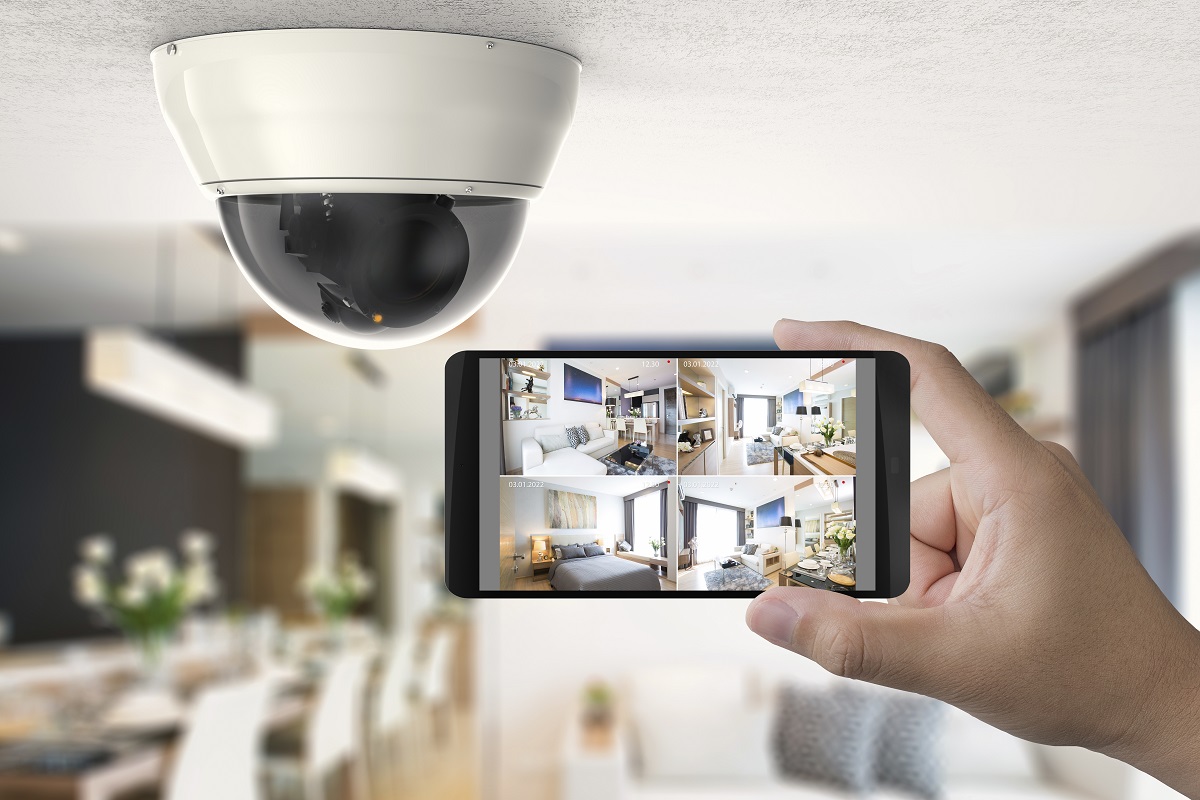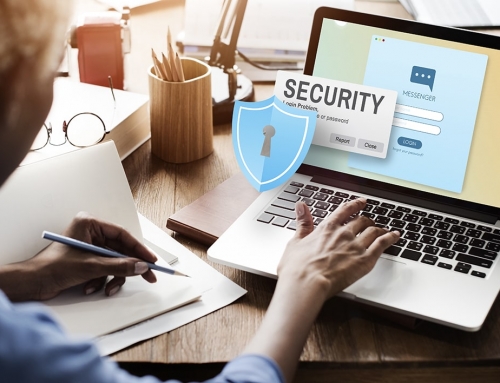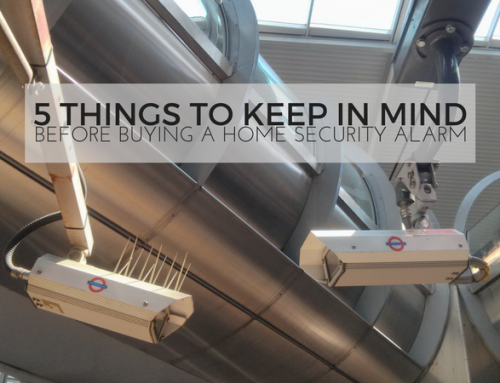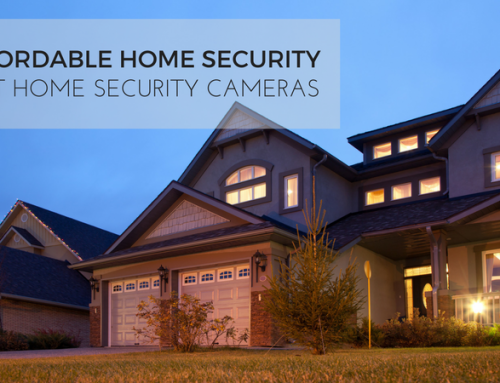
From smart security systems, to smart refrigerators, to smart thermostats, an alarming number of devices that are on the market are vulnerable to cyber attack. In some cases, as many as 12,000 break-in attempts may occur per week, according to security watchdog group Which.
Although companies are working fast and furiously to improve device security, device owners can also take action to help avoid clandestine surveillance, fraud or illicit data profiteering.
In this article, get tips on how to make your home safer, smarter and happier. Here’s how to prevent smart device cyber intrusions:
- The power of passwords. A weak password can leave you vulnerable to “password spraying,” which is when hackers leverage computer tech and algorithms to try out hundreds or thousands of passwords against your device. If you have 12345 as a password, the hackers will likely break in! Try creating a passphrase that’s easy to remember, but hard to guess. For example: Ilove100Grandbars.
- Two-factor authentication. For home smart home security device accounts, and other internet-of-things accounts, ensure that you and your family have two-factor authentication enabled. Two-factor authentication means submitting a temporary code –often sent to a smartphone- ahead of accessing an account. This can help to verify your identity and to keep hackers out.
- Phone security. The downside of two-factor authentication is that it relies on your phone number. Theoretically, a hacker could try to cajole your phone carrier into reassigning your number to a new SIM card. To keep your digits safe, call your service provider and ask for a “number lock” or “port freeze” to protect your mobile phone number from any unauthorized transfers.
- Turn off the mic. If you own a home surveillance system, smart speakers, or a voice controlled assistant, does it need to record sound at all hours of the day, everyday? A corrupt employee that works with your provider could listen in on your personal conversations that take place within the walls of your home. Consider disabling the microphone for your device.
- Block home surveillance trackers. Some smart home surveillance equipment vendors may include non-obvious, poorly disclosed or undisclosed trackers within your device/s. These trackers monitor your data and sell it to third-party marketing and analytics firms.Apps like Fyde can help with this.
- Does this person need this gift? If you’re considering purchasing a smart gift for a family member or a friend this season, despite the cool factor, consider purchasing a ‘dumb’ device, a gift card, or a nice coffee table book instead. This could prevent cyber criminal spying, corporate invasions of privacy, or other difficult-to-foresee adverse security or privacy-related circumstances. For example, if a hacker obtains access to a warehouse containing data recordings…he or she could obtain information about private information.
- Protect your home network. The internet of things can provide us with a wonderful set of resources that make our lives easier. To continue enjoying or benefiting from IoT devices, you’ll need to secure your network.Ensure that the name and password for your router are not set to default manufacturer settings.In addition, consider leveraging guest networks for when visitors drop by or even for your IoT devices. This way, hackers won’t be able to compromise your entire network even if they manage to gain access to a single endpoint.
- Connected kitchens. Do you have a series of connected kitchen devices? The more smart devices that your home retains, the greater potentiality for a cyber attack. Consider creating a separate wireless network in your home that only hosts connected kitchen devices. By segregating your networks, you can prevent attackers from gaining access to all of your digital valuables. They might ransom the crock-pot, but the baby pictures will still be safe (or vice versa).
- Smart home maintenance. From your vehicle to your physical health, nearly everything in our lives requires occasional maintenance, and this is no less true for smart devices. Ensure that you keep smart device firmware up-to-date by installing the latest software patches and updates on a regular basis. This can prevent security incidents of many kinds.
- Check device settings. IoT devices may have default privacy and security settings. Discover what these are and consider adjusting them, depending on your devices and personal preferences. Some settings may be designed to benefit third-parties more-so than consumers. If you don’t need specific features, consider disabling them.
Securing your everything
Staying secure in a connected world is a challenge, especially as you may be operating from anywhere, at anytime. By adhering to smart home security best practices, you can significantly improve your quality of life in the long-term and help ensure a happy holiday season.






